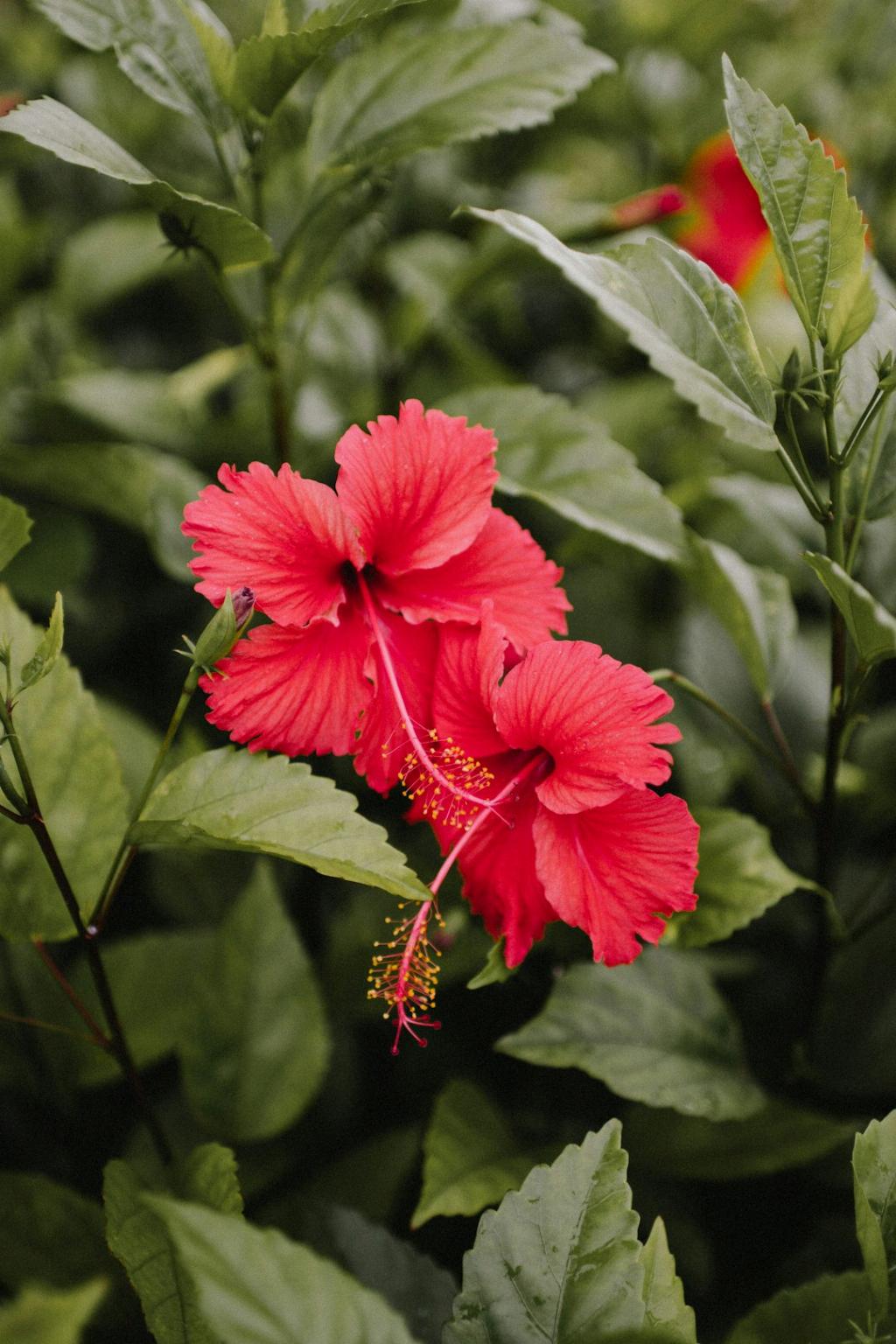When it comes to discussing the edibility of hibiscus, there are several key points to consider. The versatile nature of this plant makes it a unique addition to culinary practices worldwide.
The Versatility of Hibiscus
Hibiscus, known for its vibrant and showy flowers, actually offers more than just aesthetic appeal. The flowers, leaves, and seeds of the hibiscus plant are all edible, providing a range of culinary possibilities.
The Edible Components of Hibiscus
One of the most commonly consumed parts of the hibiscus plant is the calyx, which is the leaf-like structure that shields the developing bud. This part of the flower is often used in various dishes and beverages.
Delving into Culinary Uses
Across different cultures and cuisines, hibiscus finds its way into an array of culinary creations. From teas and infusions to salads and desserts, the edible parts of hibiscus offer a unique flavor profile and visual appeal.
Health Benefits of Consuming Hibiscus
Beyond its culinary uses, hibiscus also offers a range of health benefits. Rich in antioxidants and vitamin C, hibiscus consumption is believed to have positive effects on heart health and overall well-being.
Preparation Methods for Hibiscus
When incorporating hibiscus into your culinary endeavors, there are various preparation methods to consider. From drying the flowers for teas to pickling the calyx for savory dishes, the possibilities are vast.
Traditional and Modern Applications
While hibiscus has a long history of culinary use in traditional dishes, it has also found its way into modern gastronomy. Chefs and food enthusiasts alike are exploring innovative ways to showcase the unique flavors of this versatile plant.
Exploring Flavor Profiles
The taste of hibiscus can be described as tart and tangy, with floral undertones that add complexity to dishes and beverages. Its vibrant hue also adds a visual element to culinary creations, making it a popular choice for both flavor and aesthetics.
Global Culinary Influence
From Mexico to Africa to Asia, hibiscus is a staple ingredient in many regional cuisines. Its widespread popularity speaks to its adaptability and unique flavor profile that adds depth to traditional dishes.
Incorporating Hibiscus into Your Diet
Whether you choose to enjoy hibiscus in a refreshing tea, a flavorful salad, or a decadent dessert, there are countless ways to incorporate this versatile plant into your diet. Experiment with different recipes and let your culinary creativity shine.
Conclusion: The Edibility of Hibiscus
In conclusion, hibiscus is indeed edible, offering a plethora of culinary possibilities and health benefits. From its use in traditional dishes to its modern applications, hibiscus continues to captivate taste buds and inspire culinary innovations worldwide.

Embracing Hibiscus in Your Culinary Adventures
Next time you come across a hibiscus plant, consider the culinary potential it holds. Whether you choose to savor its flavors in a tea or experiment with its vibrant hues in a dish, hibiscus invites you on a flavorful journey that celebrates the art of food and nature’s bounty.
